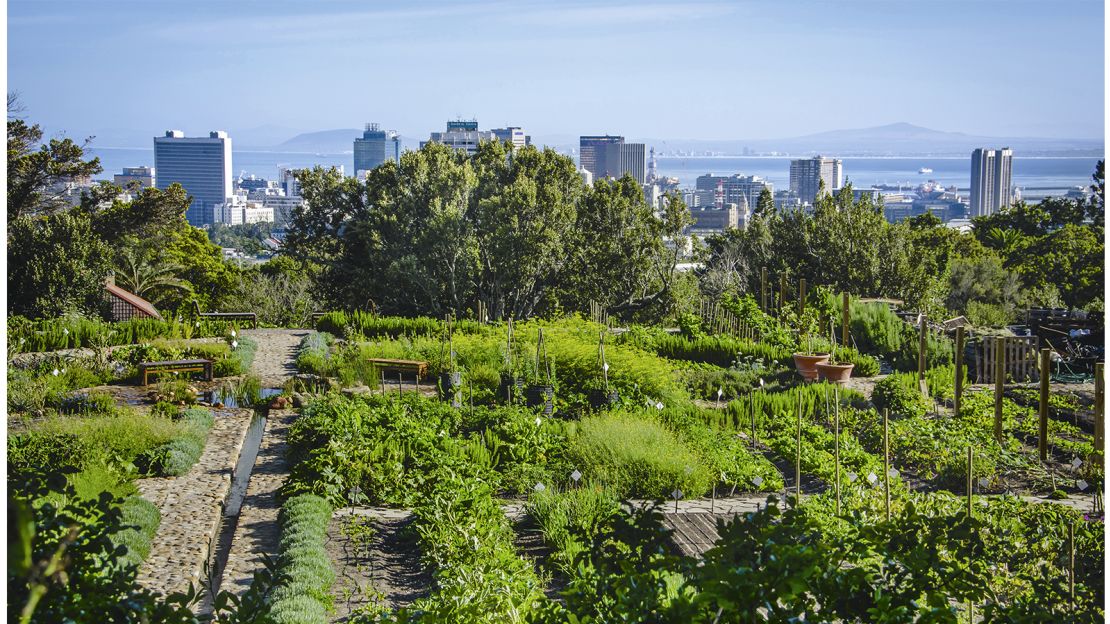Rumored Buzz on City Blooming
Rumored Buzz on City Blooming
Blog Article
City Blooming Can Be Fun For Everyone
Table of ContentsCity Blooming Fundamentals ExplainedThe Definitive Guide to City BloomingNot known Incorrect Statements About City Blooming The smart Trick of City Blooming That Nobody is DiscussingHow City Blooming can Save You Time, Stress, and Money.
Interested in growing food available for sale in the City of Chicago? Thinking about beginning a community yard? Adjustments to the Chicago Zoning Ordinance permit farming uses like area gardens and city farms in many components of the city. Below is a listing of regularly asked questions regarding the regulations and guidelines that cultivators ought to consider when preparing a metropolitan farming task.
The zoning change does not change any kind of other codes taking care of composting, structure permits, acquiring or renting City had building, company licenses or environmental contamination. There are existing codes that control these issues and they continue to be in complete impact and may be relevant to your task. Area yards are typically possessed or managed by public entities, civic organizations or community-based organizations and kept by volunteers.
Urban farms grow food that is meant to be sold, either on a nonprofit or for-profit basis. Because of their commercial purpose, metropolitan ranches need a business license. Yes. A neighborhood yard is allowed to sell excess create that was expanded on website if the sales are accessory or subservient to the yard's primary function described over.
Some Ideas on City Blooming You Need To Know
The quantity of compost material can not exceed 25 cubic yards at any type of given time according to the requirements in 7-28-715 of the City's Municipal Code. Due to the fact that the soil at many brand-new garden websites requires amending, garden compost, dirt, timber chips, or other products can be acquired to create or enhance the growing area.

If a building authorization is called for after that the hoophouse will be thought about an accessory building. You can learn even more regarding the building license requirements by calling the Department of Buildings. The 25,000-square-foot dimension limitation is meant to avoid a single community garden from dominating a given block or taking away from the block's existing property or industrial character.
The restriction does not use to yards located in Public Open Room (POS) districts. Can there be more than one neighborhood garden that is 25,000 square feet on a single block? Fencing is not required, nevertheless, yards that have large parking areas might be needed to install secure fencing or other landscaping features.
Not known Facts About City Blooming
B1 & B2 areas require that all business usage tasks be performed indoors. R districts limit industrial task. The policies show the purpose and intent of the Zoning Code. Is secure fencing needed for metropolitan farms? Yes. Fencings may be called for, along with landscape design and screening, for specific visit here parking lot and outside job or storage locations depending on area and the specific task taking location.
Yes. Urban ranches require building licenses and zoning approvals before construction. Various other kinds of city testimonial might be needed depending upon specific structures, tasks, dimension, landscape design, licensing, public health and stormwater management concerns. Most of these requirements are recognized in the job style or allowing procedure, nonetheless, the candidate may be responsible to independently recognize certain licenses or permits that may be required.
Yes. The kind of permit is determined by what is taking place at the website. The Department of Business Matters and Consumer Protection can help determine the certain kind of company permit that's needed. Yes. Off road parking is required for the majority of industrial projects in Chicago. The needed variety of parking spaces is based on the variety of workers dealing with site and not the square footage of the growing area.
The City Blooming Statements

Yes. An urban ranch can market compost material created on website, however, the operation needs to abide by the regulations in 7-28-715 of the Chicago Municipal Code. Yes. Aquaponic systems are permitted indoors on urban farms in several zoning districts. Nevertheless, a zoning evaluation and building permit is needed in order to set up frameworks or systems and a company permit is called for as described over.
As much as 5 hives or nests of honey bees may be maintained as an accessory use. However, beekeepers must sign up with the Illinois Department of Farming. For additional information concerning the suggested zoning change you may call the Department of Real Estate and Economic Advancement, Bureau of Preparation and Zoning at 312.744.8563.
, which takes area in rural locations at the side of suburbs.
The Best Strategy To Use For City Blooming
It can involve a movement of organic cultivators, "foodies" and "locavores", who seek to form social networks established on a shared principles of nature and neighborhood holism. These networks can create by means of formal institutional assistance, coming to be integrated right into regional town as a "transition community" activity for sustainable urban growth.
In either instance, the more straight accessibility to fresh vegetable, fruit, and meat items that might be realised through metropolitan farming can improve food safety and food security while reducing food miles, resulting in lower greenhouse gas emissions, consequently adding to environment change mitigation. A few of the very first evidence of city agriculture comes from Mesopotamia.
Report this page